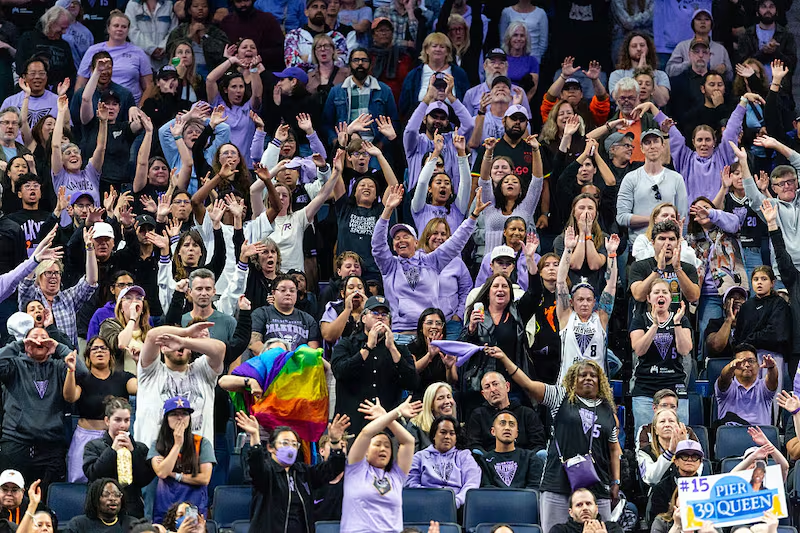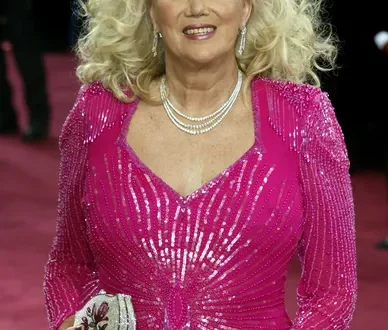The WNBA has reached a defining moment in its nearly three decades of history: the league has broken its single-season attendance record, and the achievement comes with weeks still left in the regular season. Across just over 220 games, more than 2.5 million fans have walked through the turnstiles, eclipsing the previous record set in 2002 when the league had more teams, more games, and more overall opportunities to draw crowds. To break the mark under a slimmer schedule underscores how dramatically interest in women’s basketball has surged.
For years, the WNBA has carried the mantle of being the premier professional league for women’s basketball in the United States, building steadily but often quietly. In 2025, the conversation shifted from steady progress to undeniable momentum. Sold-out arenas, expanded media coverage, and new franchises have turned the league into one of the fastest-growing properties in professional sports.
Much of the excitement has been fueled by a new generation of stars. Caitlin Clark’s record-shattering college career carried over into her rookie season, driving ticket sales even before her first professional game tipped off. Paige Bueckers brought her dazzling playmaking and loyal following to the league. Angel Reese, already a household name for her college championships and charisma, gave fans another reason to line up outside arenas. Even injuries could not dampen enthusiasm. Clark missed a significant stretch of games this season, yet attendance remained strong, showing that the fan base was broader than any single player.
Established stars have also played a major role. Veterans like Breanna Stewart, A’ja Wilson, and Diana Taurasi continue to anchor their franchises, ensuring that the league’s newcomers are joining an already well-established and respected foundation. Fans now come to see both the icons they have admired for years and the fresh talent representing the league’s future.
Venue strategy has amplified this surge. The new Golden State Valkyries, playing in the Bay Area, sold out their entire slate of home games at the Chase Center, a venue designed for NBA-level crowds. Other teams followed suit, shifting high-demand matchups to larger arenas or opening up previously unused sections to meet demand. In markets like New York and Indiana, games have drawn more than 16,000 spectators, an attendance figure that not long ago seemed out of reach for women’s basketball.
The larger cultural moment for women’s sports is also impossible to ignore. Soccer, tennis, and basketball alike are experiencing spikes in both attendance and broadcast ratings, driven by increased visibility and a new generation of fans. Parents are bringing children to games in record numbers, particularly young girls who see themselves reflected on the court. The WNBA’s record-breaking season is not happening in isolation—it is part of a wave of momentum lifting women’s athletics across the board.
Expansion has been both a reflection of and a contributor to this energy. The Valkyries debuted this season as the league’s 13th franchise, instantly tapping into a sports-mad Bay Area market. Plans are already underway for additional teams in cities such as Toronto and Portland, ensuring that the record set this year may not last long. The vision for the future is clear: more teams, more games, and more opportunities for fans to attend.
Breaking the attendance record carries significance beyond the numbers. It demonstrates the league’s growing sustainability and influence in the wider sports economy. This surge comes at a crucial moment, as the WNBA’s current Collective Bargaining Agreement is nearing its end. Players, who have long called for a greater share of revenue, higher salaries, and expanded benefits, now have evidence that the audience and market for their sport is robust and growing. Filling arenas with paying fans is one of the strongest arguments they can bring to the negotiating table.
The achievement also sends a message to broadcasters and sponsors. Networks that once hesitated to give the WNBA prime slots are now airing games to record audiences. Companies that once considered the league a niche investment are realizing that aligning with women’s basketball connects them with a young, diverse, and passionate fan base. The attendance record is not only a celebration for the players and fans but also a tangible signal to the business side of sports that the WNBA is an essential part of the landscape.
As the regular season winds down and the playoffs approach, the league can take a moment to reflect on the scale of what it has accomplished. More than two decades after setting its previous attendance record, the WNBA has now surpassed it, with fewer teams and games, in an era when women’s sports are finally receiving the recognition and support they have long deserved. The players, coaches, executives, and fans who believed in the league from the beginning can now point to the numbers as proof of what they always knew: women’s basketball belongs on the biggest stage.
For the WNBA, this season is not just about breaking a record. It is about breaking through into a new era of visibility, legitimacy, and cultural impact. The sound of cheering fans echoing in sold-out arenas across the country tells the story more clearly than anything else. This league is not only thriving; it is leading a movement.




